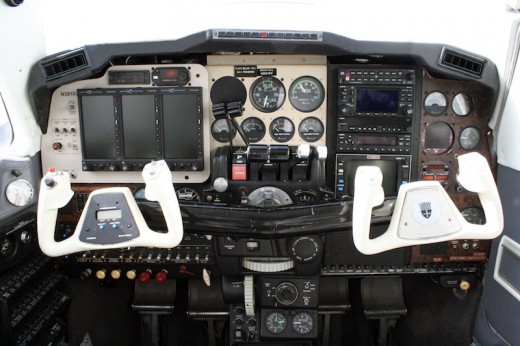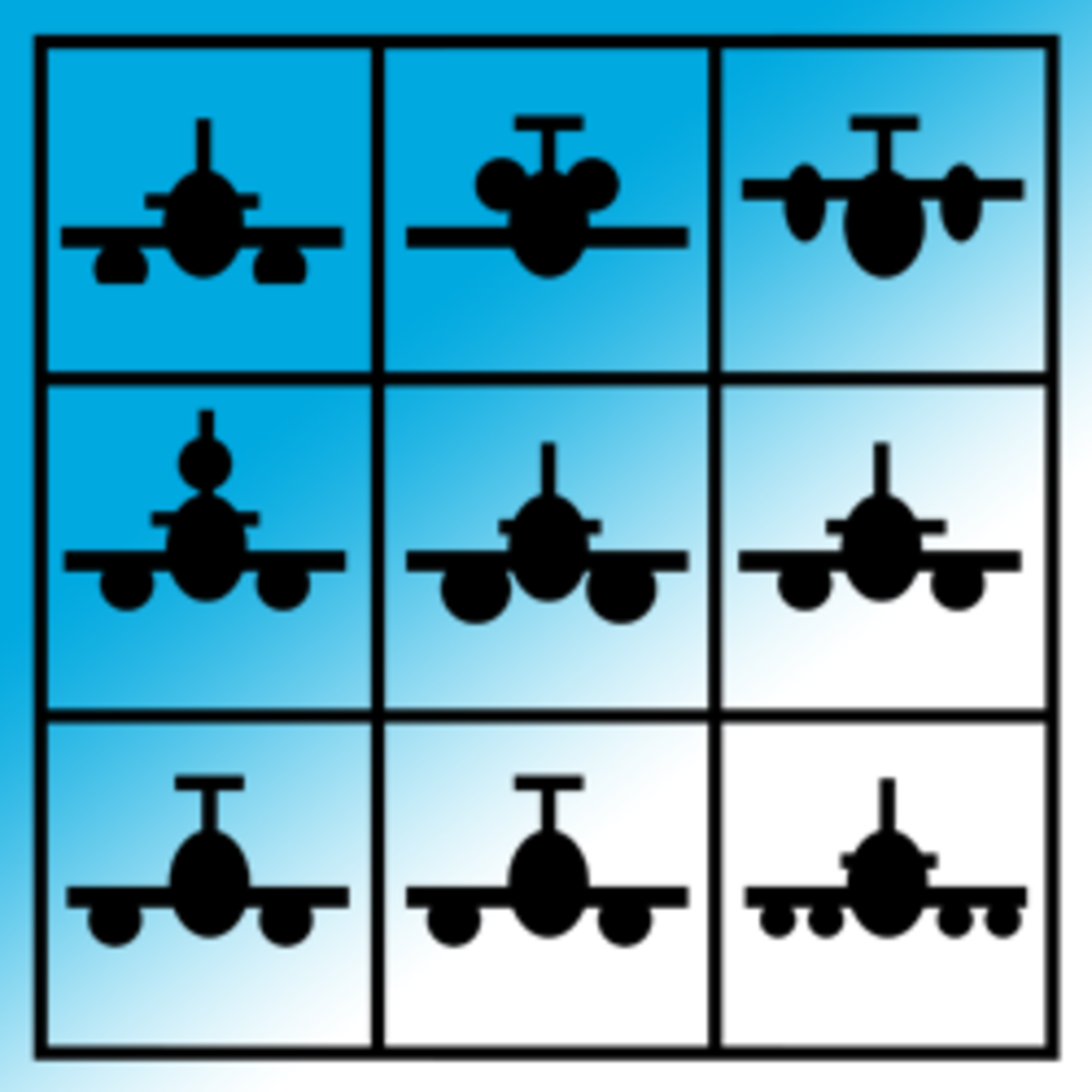Glass cockpit - All instruments in a screen
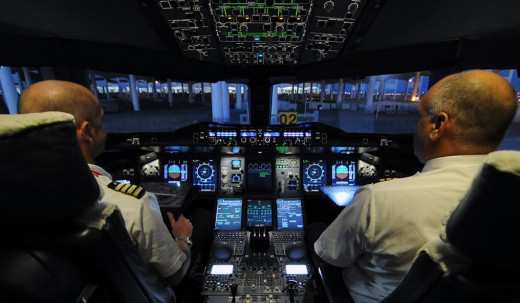
Avionics- Glass cockpit
Glass cockpit avionics are a class of avionics, which uses light indications and/or screens to indicate all the parameters and indications needed for the operation of the aircraft. There are numerous aircraft types today flying with glass cockpit configurations, due to the simplicity and user friendlier interfaces.
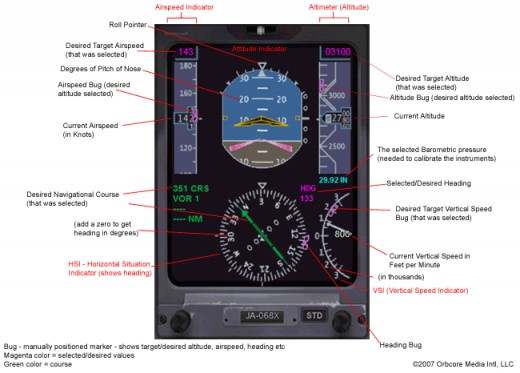
In early days, glass cockpit use was limited to PFD(Primary Functions Displays), MFD(Multi Function Displays) or a PFD that incorporated MFD functionality. Those early glass cockpits paved the way for ever more complex and advanced avionics driving us now to an almost paperless cockpit. The main reason that such avionics were invented was that the limited space in the cockpit of an aircraft, could not fit all the needed avionics that the pilots needed to have direct access. The typical avionics of the pre-glass cockpit era were bulky heavy and made a total mess with their wires and tubes, practically making the back of the panel/firewall a total jungle of tangled wiry things and labels

Commercial aviation
In commercial aviation simple glass cockpits, were firstly introduced in medium Jets(B734,MD-80,A310,), then fund implications in heavier jets(A300,B744,B672) and business jets. These early glass cockpits were mostly limited in indicating the flight crew with all the vital indications that conventional instruments would do, but in a more suitable way. For example in the case of the air speed indicator in glass cockpits there were now automated needles that moves, let’s say when the pilot retracted the flaps or extended the landing gear to clearly indicate the new operation speed limits of the aircraft in that configuration. Also all autopilot indications and bags were incorporated in the glass cockpit for greater easiness. But the most crucial change was the HSI (The main navigation instrument up to that day), had a meeting with the garbage can. It was totally replaced with an all new design that gave the pilot all the indications that he wanted. Incorporated moving maps with live route-distance-time indications, weather radars, combined HIS and RMI functionality it was the Christmas present that any pilot of that era could have wished.
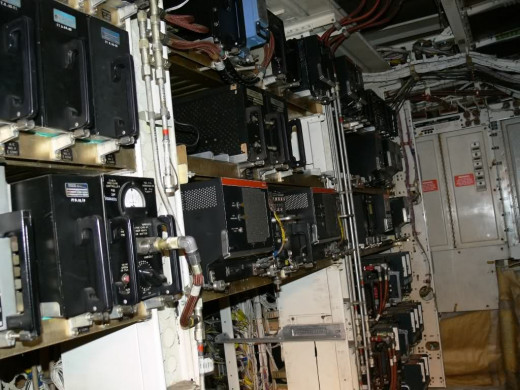
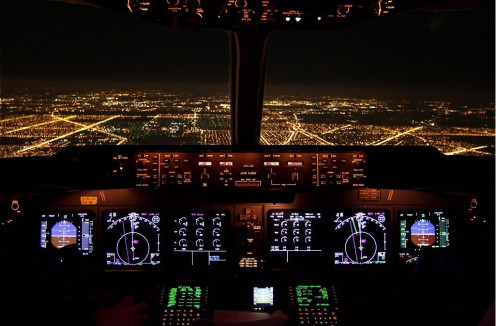
Hallo EICAS, Bye bye flight engineer.
Later came the EICAS system(Engine Indicating and Crew Alerting System), which was very bad news for one particular airman in the cockpit. The flight engineer now could retire or get his hands dirty again in the hangar, since he had no job in the cockpit. EICAS is an integrated system used to provide aircraft crew with aircraft engines and other systems instrumentation and crew annunciations. This system incorporated also annunciator panel with prioritized colored indications and advised solutions, some came with even intergraded checklists. This system clearly offered the aircrew with a powerful toll to cope with any improper indications, simply scanning 1 or 2 screens instead of 1 great and complex flight engineer panel, which needed an independent controller to supervise. The difference can be clearly seen in the case of the Douglas DC10 and the Douglas MD11, which was the first jumbo jet to do without flight engineer.
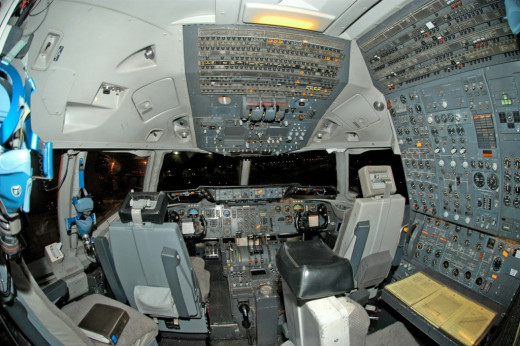
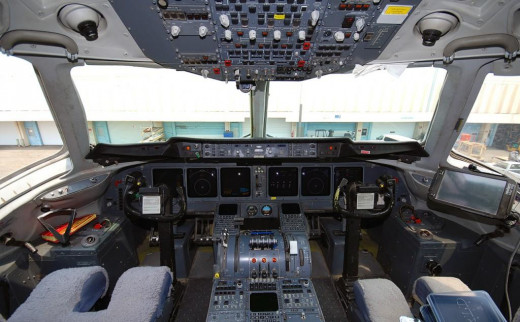
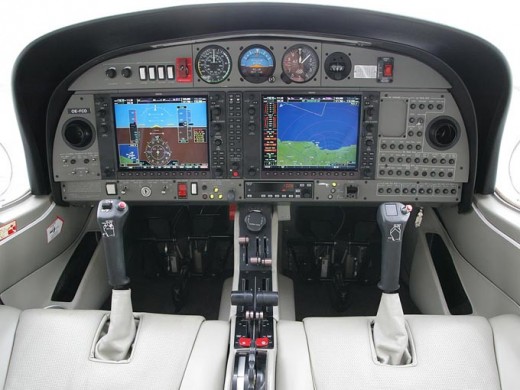
Everyday pilot get a new file saving tool.
The next step was to find their way to a wider market, and in the crammed cockpits of GA(General Aviation) aircraft. These implications came with many challenges, first and foremost how to fit the computer banks needed in bigger commercial aircraft(We are talking for a haul room) in a very very small panel. Garmin toke the challenge and came up with the striking G1000, which is an all round full panel substitute. If you want to retrofit your Cessna 172 to Garmin G1000 you will have to wave goodbye to all your existing instruments, radios, receivers, indicators and the stupid vacuum pump ware. The G1000 has almost no moving parts to have mechanical wear, so no more inop labels on the panelJ. After garmin came many other companies like Dynon and MGL avionics that are mainly targeting experimental and ULM markets. These days you can buy and have a full glass cockpit panel for your ULM ultralight aircraft with full autopilot and altitude hold, moving maps and synthetic vision for as little as 6000$.
